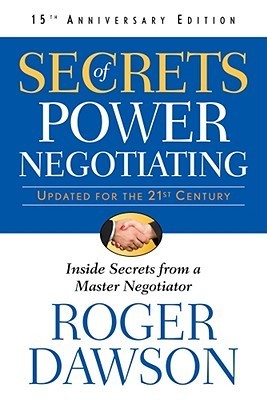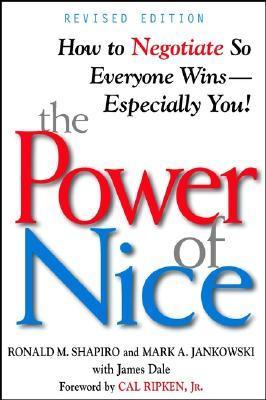
Getting to Yes: Negotiating Agreement Without Giving In
Book Description
Imagine standing at a crossroads where every decision could lead to conflict or collaboration. "Getting to Yes" unravels the art of negotiation, revealing strategies that transform high-stakes confrontations into mutually beneficial outcomes. This powerful guide breaks down the barriers of traditional bargaining, pushing past positions into the realm of shared interests. With stories of real-world negotiations, it empowers readers to navigate the toughest discussions with confidence and creativity. The stakes are high, but so are the rewards. What if every agreement could be a win-win, turning adversaries into allies?
Quick Book Summary
"Getting to Yes" by Roger Fisher introduces the concept of principled negotiation, a method designed to produce wise agreements efficiently and amicably. Departing from traditional positional bargaining, the book emphasizes focusing on interests rather than entrenched stances. By separating people from the problem and insisting on using objective criteria, Fisher empowers negotiators to reach mutually beneficial outcomes. The book also offers techniques for dealing with difficult counterparts and uncooperative behavior, ensuring negotiations remain constructive. Through real-world examples and actionable strategies, "Getting to Yes" transforms the negotiation process from a potential battlefield into an opportunity for collaboration and problem-solving. This approach strengthens relationships, uncovers creative solutions, and turns adversaries into partners.
Summary of Key Ideas
Table of Contents
Focusing on Interests, Not Positions
Traditional negotiations often devolve into a tug-of-war over fixed positions, with each party becoming increasingly rigid and defensive. "Getting to Yes" advocates for a shift away from positional bargaining to a form of negotiation called principled negotiation. This method aims to decouple personal emotions from the substance of the dispute, turning confrontations into collaborative problem-solving opportunities. By doing so, negotiators can avoid unnecessary deadlocks and focus on reaching an agreement that's fair and effective.
Separating People from the Problem
Central to the book's approach is the idea of focusing on interests, not positions. Instead of clinging to demands or rigid stances, negotiators should uncover the underlying needs, fears, and desires motivating each party. By exploring these interests, both sides can find shared objectives and generate creative solutions. This shift from positions to interests uncovers new avenues for agreement and helps negotiators understand what truly matters, paving the way for collaboration rather than conflict.
Inventing Options for Mutual Gain
Another vital principle is separating people from the problem. The book highlights how personal emotions, miscommunication, and perceptions can cloud judgment and escalate disputes. By actively listening, recognizing emotions, and appreciating differing perspectives, negotiators can maintain positive relationships while addressing the issues at hand. This human-centered approach reduces defensiveness and creates space for open, honest dialogue.
Insisting on Objective Criteria
Inventing options for mutual gain is another cornerstone. Rather than viewing negotiation as a zero-sum game, Fisher encourages the brainstorming of multiple possible solutions before deciding what to do. This creativity enables parties to reach outcomes that benefit all involved, rather than splitting the difference or settling for suboptimal compromises. Objective criteria—such as industry standards, legal precedents, or scientific data—should be used to guide decisions, ensuring agreements are based on fairness and legitimacy rather than power dynamics.
Dealing with Difficult Tactics
Finally, the book addresses what to do when confronted with difficult or intransigent counterparts. Techniques such as maintaining calm persistence, reframing tactics, and developing a Best Alternative to a Negotiated Agreement (BATNA) help negotiators safeguard their interests. By preparing strong alternatives and refusing to be bullied into unfavorable deals, negotiators can stand firm without resorting to hostility. Ultimately, "Getting to Yes" empowers readers to transform negotiations into constructive collaborations, yielding agreements that are durable, wise, and mutually satisfying.
Download This Summary
Get a free PDF of this summary instantly — no email required.





